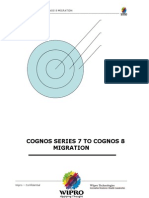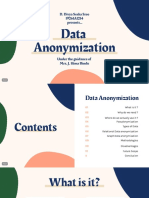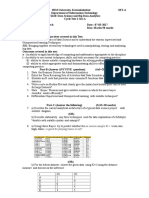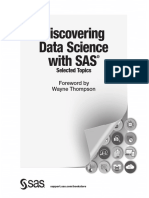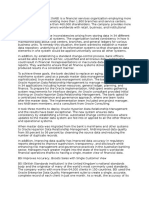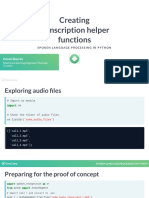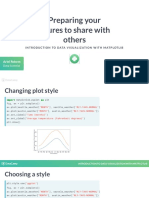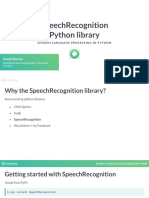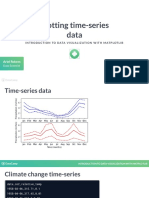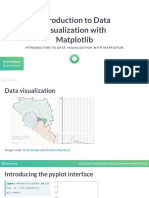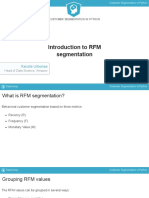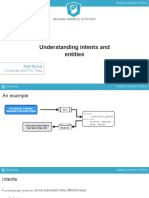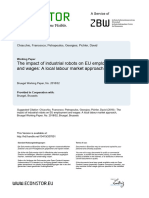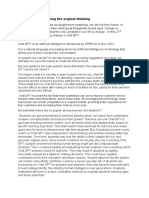0% found this document useful (0 votes)
138 views33 pagesFraud Detection in Python Chapter4
This document discusses techniques for fraud detection using text data in Python. It covers word search, sentiment analysis, word frequencies, topic modeling, and using topic modeling results for fraud detection. Specific techniques covered include word search flags, word counts using Pandas, text preprocessing including tokenization and removing stopwords, topic modeling using LDA, and flagging fraud based on topic similarities between fraudulent and non-fraudulent cases.
Uploaded by
FgpeqwCopyright
© © All Rights Reserved
We take content rights seriously. If you suspect this is your content, claim it here.
Available Formats
Download as PDF, TXT or read online on Scribd
0% found this document useful (0 votes)
138 views33 pagesFraud Detection in Python Chapter4
This document discusses techniques for fraud detection using text data in Python. It covers word search, sentiment analysis, word frequencies, topic modeling, and using topic modeling results for fraud detection. Specific techniques covered include word search flags, word counts using Pandas, text preprocessing including tokenization and removing stopwords, topic modeling using LDA, and flagging fraud based on topic similarities between fraudulent and non-fraudulent cases.
Uploaded by
FgpeqwCopyright
© © All Rights Reserved
We take content rights seriously. If you suspect this is your content, claim it here.
Available Formats
Download as PDF, TXT or read online on Scribd
/ 33





























